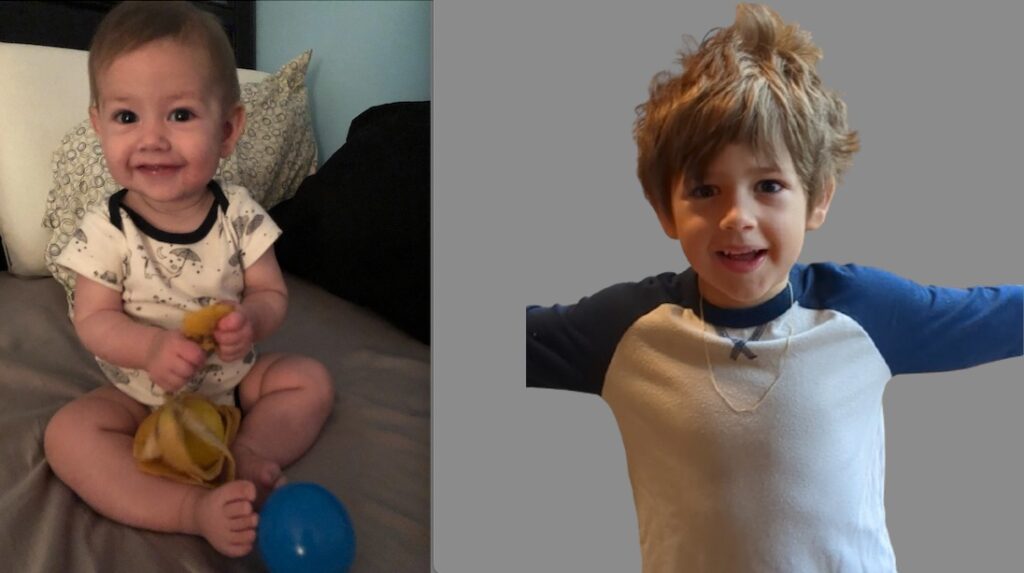Let’s talk interest rates this week.
In a normal world, interest rates would be the least interesting subject one could possibly bring up. Who cares?
But we don’t live in a normal world… so the markets fixate upon interest rates.
On September 18th, Federal Reserve (Fed) Chairman Jerome Powell announced that the Fed would cut the federal funds (fed funds) rate by 50 basis points (0.50%).
The federal funds rate is the Fed’s target interest rate benchmark. It is the rate at which banks lend money to each other overnight.
Banks are required to maintain a certain amount of reserves, and sometimes they need to borrow money from other banks to meet their requirements. The federal funds rate is the rate they pay for those short-term loans.
For this reason, the fed funds rate serves as a benchmark for other short-term interest rates in the economy. This includes rates on commercial and consumer loans as well as savings and money market accounts.
According to Keynesian economic theory, cutting the fed funds rate should lead to lower interest rates throughout the economy—which in turn will encourage businesses and consumers to borrow money and engage in increased economic activity.
In other words, the Keynesians believe rate cuts “stimulate” the economy. Will that be the case this time around?
I’ll share my thoughts on that with you later. But first I have to admit that I’m a little disappointed.
Several US senators wrote a letter to Jerome Powell two days ahead of his announcement. Elizabeth Warren is the most notable signatory. The letter’s dated September 16th and it urged Powell to cut the fed funds rate by 75 basis points.
Here’s the first and last paragraph of the letter:
We write today to urge the Federal Reserve (Fed) to cut the federal funds rate, currently at a two-decade-high of 5.3 percent, by 75 basis points (bps) at the Federal Open Market Committee (FOMC) meeting on September 17 and 18, 2024. Given the Fed’s confidence in inflation moving towards its target of 2 percent and data indicating slower job growth, now is the time to swiftly move forward with rate cuts…
If the Fed is too cautious in cutting rates, it would needlessly risk our economy heading towards a recession. A number of economists have warned of this risk since July. Former president of the Federal Reserve Bank of New York, Bill Dudley, wrote, “dawdling now unnecessarily increases the risk.” The Committee must consider implementing rate cuts more aggressively upfront to mitigate potential risks to the labor market.
Thank you for your attention to this matter.
I chuckled when I read this. The idea that three career politicians could possibly know what the ideal interest rate should be is the definition of F.A. Hayek’s fatal conceit.
As Hayek argued so vigorously, knowledge is distributed throughout society. When left free, markets aggregate the sum of that knowledge in real-time and thus inform dynamic interest rates that accurately balance the availability of savings with the demand for borrowing throughout the economy.
No single person or groups of people can possibly know enough about what’s happening in the economy to determine what interest rates should be… Or to centrally plan any other aspect of economic activity, for that matter.
So I must admit – when I read Warren’s letter, I couldn’t help but imagine Powell trotting out there and announcing a 75-point rate hike.
You know – just to send a message… and to accelerate the bankruptcy and liquidation of any institution who foolishly relies on cheap money for survival.
Alas, no such luck.
Getting back to practical matters – what does the 50-point rate cut mean? How should we think of it? And what’s likely coming next?
Answers to come tomorrow…
-Joe Withrow
P.S. My son turned six years old today. Gosh, they grow up so quick. I vividly remember the first journal entry I wrote about him shortly after his birth.
Here’s the picture I posted of him back then. And next to it is a picture of him after opening a gift this morning.
I gave him his first gold chain necklace – made of real gold. I hope it’s something he will look back on 40 years from now and remember how much his Dad loved him.
